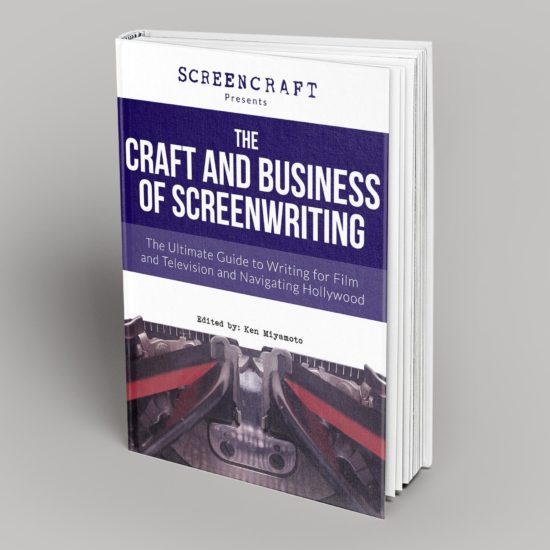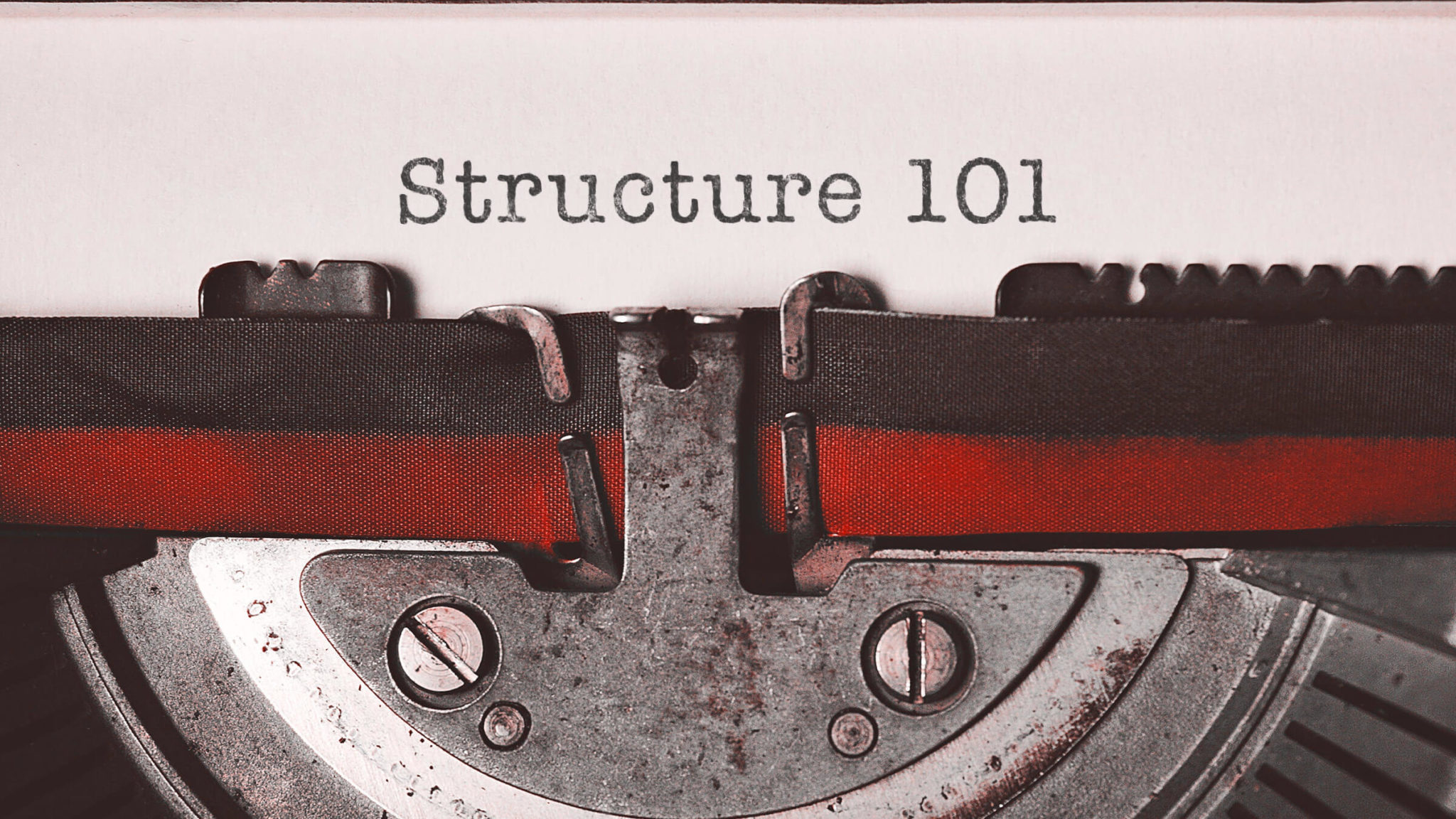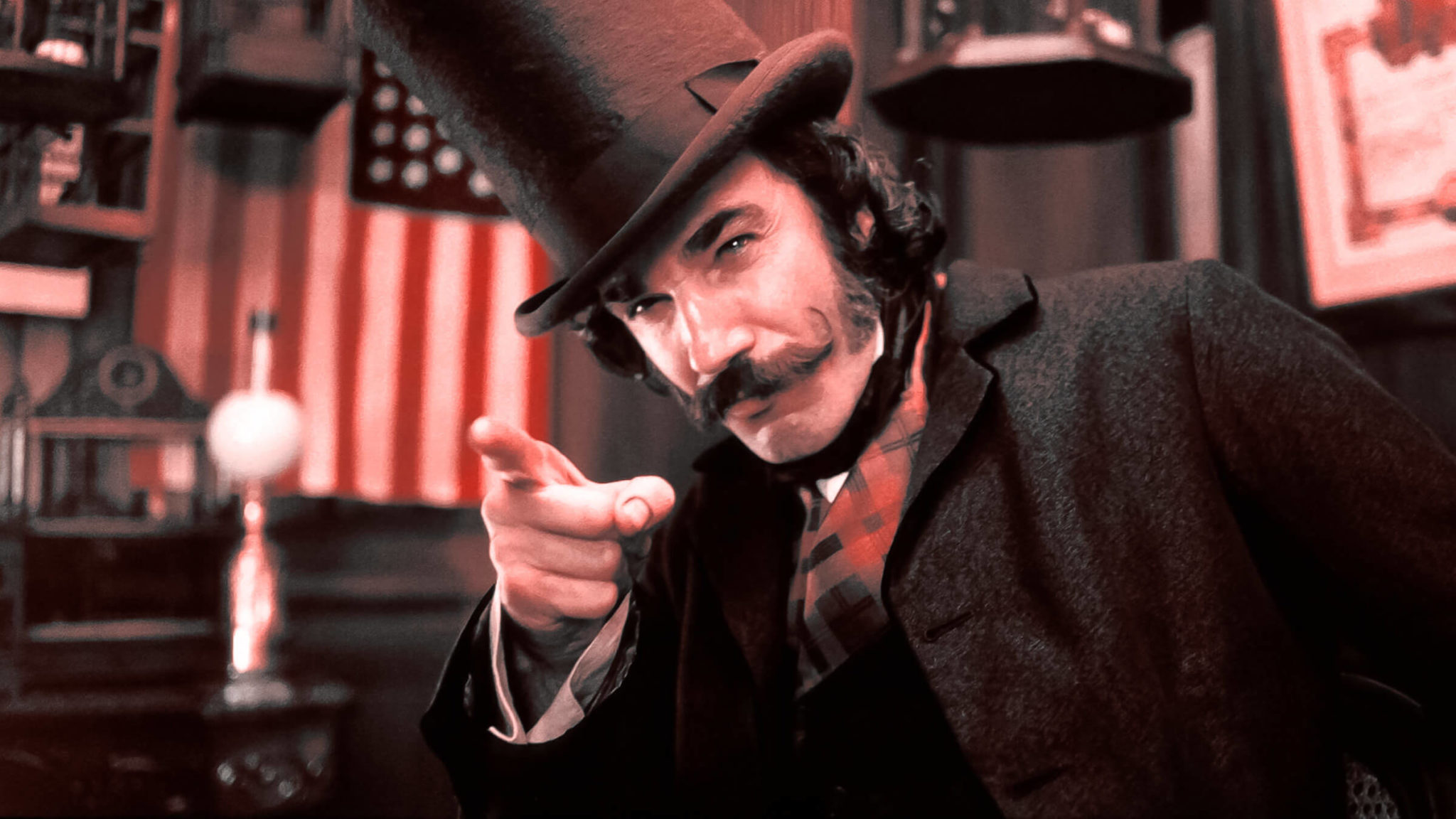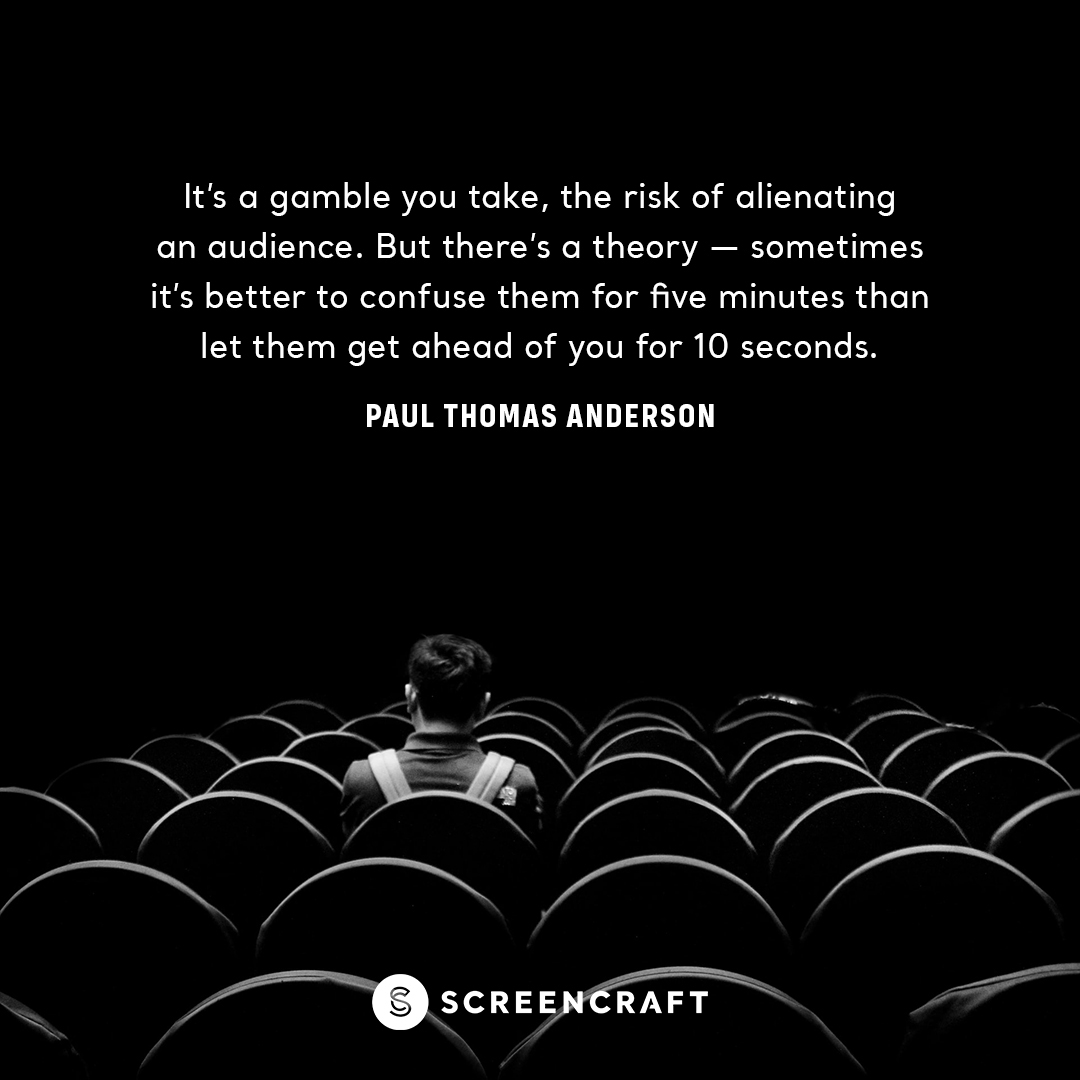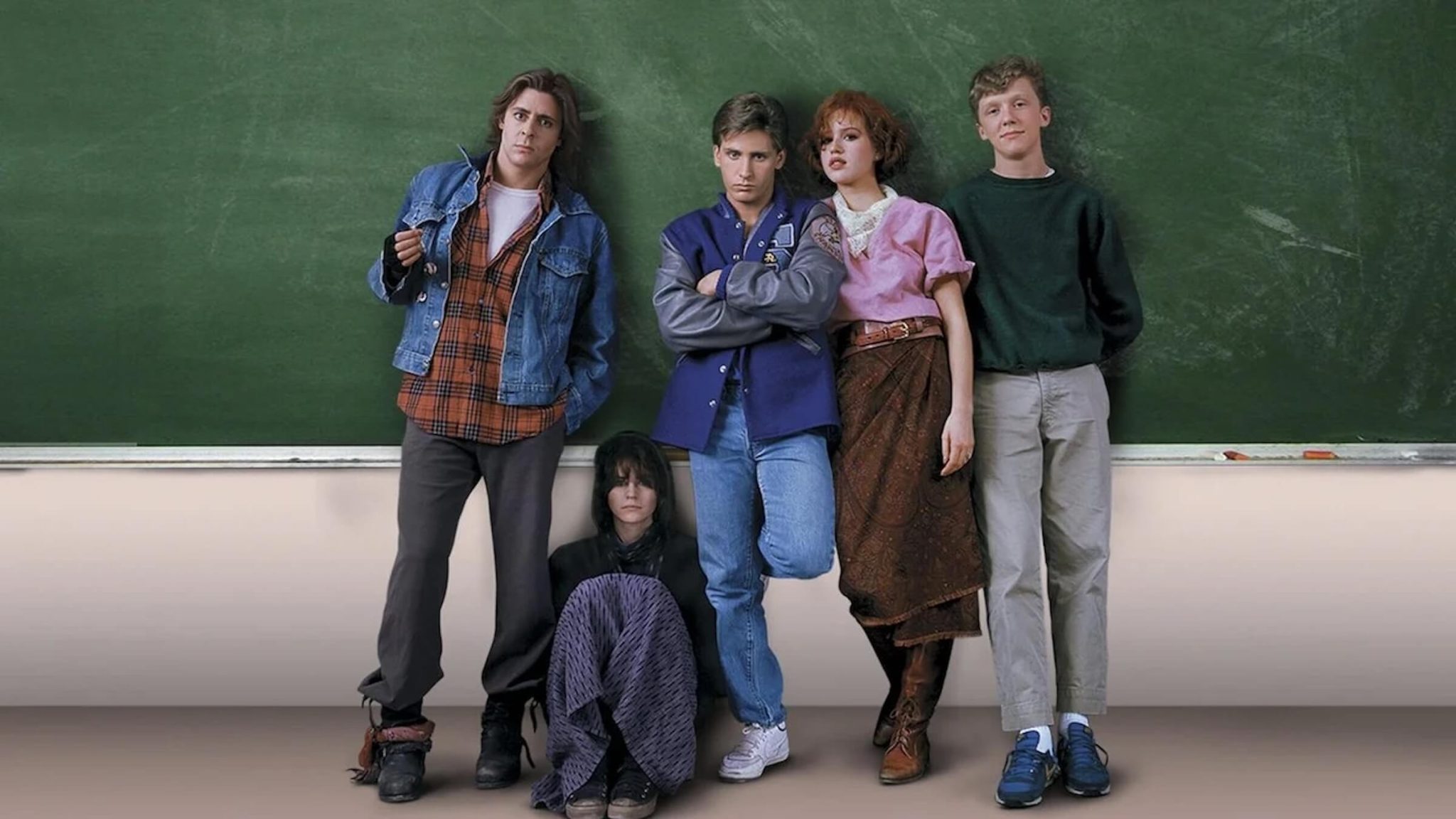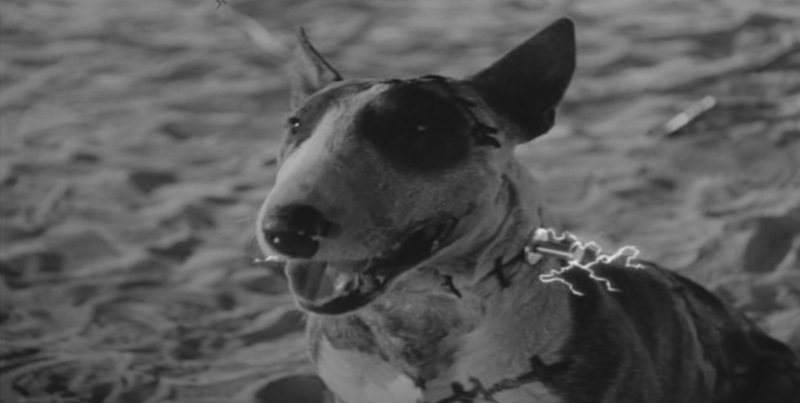5 Successful Writers Who Received Rejection Letters
By: ScreenCraft contributor Alexandra Evans
Even the best of the best start from humble beginnings and fail along their journey to stardom. Here are five writers who once received rejection letters, proving we should never let rejection stop us from achieving our goals.
1. Tim Burton
Tim Burton is famous for cinematic masterpieces such as Edward Scissorhands, Beetlejuice, and The Nightmare before Christmas. The talented producer, artist and director may be well known now for his creative, unique taste, but it wasn’t always this way. In fact, the very company that ended up awarding him a fellowship and giving him freedom to pursue his own projects once rejected Burton. A Disney editor, T. Jeanette Kroger, wrote Burton a letter rejecting first children's book, "The Giant Zlig.” The editor wrote, “It may, however, be too derivative of the Seuss works to be marketable – I just don’t know. But I definitely enjoyed reading it.” A few years later, after honing his skills, he was hired as an animator's apprentice at Disney.
2. J.K. Rowling
The famous author was once a struggling writer. She submitted her first Harry Potter novel, Harry Potter and the Philosopher’s Stone, to twelve publishing houses and was rejected each time until a small publisher in London named Bloomsbury took a chance on the book. After that, the story became so popular that Rowling continued writing the story into several more novels that sparked a film franchise and Harry Potter-themed video games. Rowling has said that “Often, you have to fail as a writer before you write that bestselling novel or ground-breaking memoir. If you’re failing as a writer – which it definitely feels like when you’re struggling to write regularly or can’t seem to earn a living as a freelance writer – maybe you need to take a long-term perspective.”
3. Kurt Vonnegut
In his youth, the famous Slaughterhouse-Five writer mailed three samples of his work to "The Atlantic" and received a rejection letter in 1949 from the editor, Edward Weeks. The editor wrote, “I am sincerely sorry that no one of them seems to us well adapted to for our purpose. Both the account of the bombing of Dresden and your article, "What’s a Fair Price for Golden Eggs?" have drawn commendation although neither one is quite compelling enough for final acceptance. Our staff continues fully manned so I cannot hold out the hope of an editorial assignment, but I shall be glad to know that you have found a promising opening elsewhere.” This famous letter now hangs in the Kurt Vonnegut Memorial Library in Indianapolis.

4. Sylvia Plath
Pulitzer-prize winning poet, Sylvia Plath, once had to drastically cut her work for publishers. In a semi-rejection letter to Plath, the New Yorker requested the entire first half of Amnesiac to be cut. Plath published her first poem at age eight and had published many more by the time she entered Smith College on a scholarship in 1950. While being a student, she suffered a breakdown that landed her in a mental hospital, and her deep depression unfortunately led her to commit suicide in February 1963, only two weeks after the publication of her autobiographical novel, The Bell Jar. Since her death, Plath has become a heroine and martyr of the feminist movement. “I love my rejection slips. They show me I try,” she once said.
5. Edgar Rice Burroughs
In 1913, Edgar Rice Burroughs sent his manuscript to The All-Story Magazine for serialization and was initially rejected. The Rand McNally & Company wrote, “We are returning under separate cover The All-Story magazine (Oct 1912) containing your story, Tarzan of the Apes. We have given the work careful consideration and while interesting we find it does not fit in with our plans for the present year. Thanking you for submitting the story to us.” Instead of accepting defeat, Burroughs persisted with the same story and in October the publisher agreed to print the first installment. After that, the author went on to reach fame with Tarzan of the Apes, which has spawned 25 sequels and countless reproductions. A film of the same name is currently set for release in 2016.

Get Our Screenwriting Newsletter!
Get weekly writing inspiration delivered to your inbox - including industry news, popular articles, and more!






